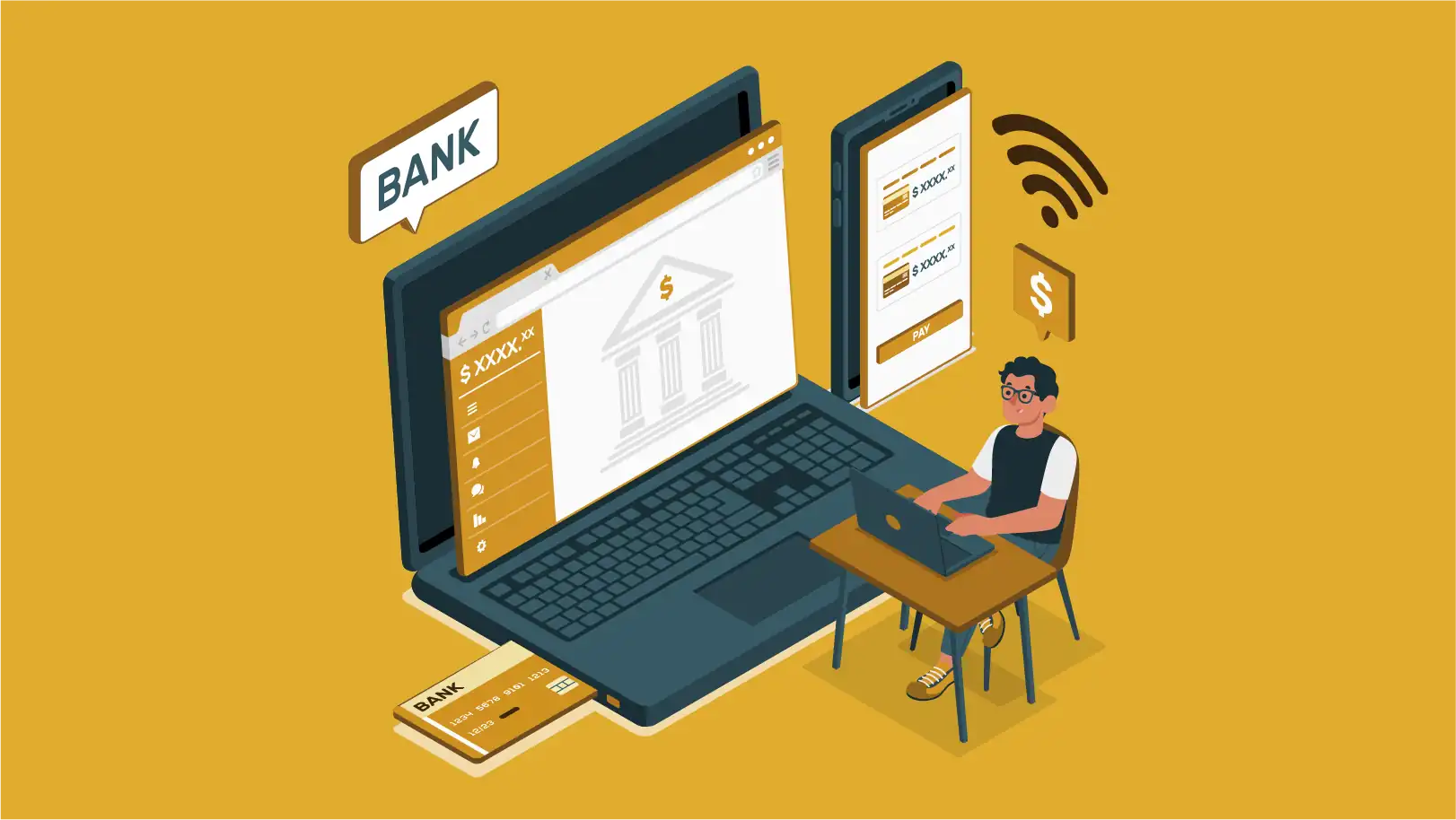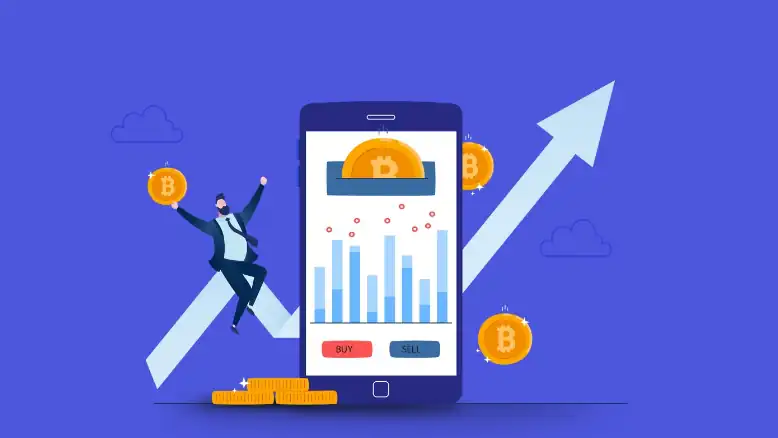
Bitcoin, the pioneer of digital currencies, operates on a decentralized technology known as blockchain. This technology underpins its transaction system, ensuring security, transparency, and efficiency.
What Is Blockchain?
Blockchain Technology is the backbone of Bitcoin and many other cryptocurrencies. At its essence, a blockchain is a Decentralized Ledger that records transactions across a network of computers. Unlike traditional databases, where a single entity controls the data, blockchain operates on a decentralized model. Each participant in the network, known as a node, has a copy of the entire blockchain, ensuring transparency and uniformity.
This decentralized nature means that no single entity controls the ledger. Instead, all participants in the network have access to the same data, making it difficult for any one party to alter the information without consensus from others.
What Is Ledger Technology in Blockchain?
Ledger technology in blockchain refers to the method of recording and verifying transactions in a digital ledger format. This ledger is not maintained by a central authority but is distributed across a network of nodes.
Each transaction in a Blockchain Ledger is grouped into a block, which is then appended to the existing chain of blocks. This chain is secured using Cryptographic Hashes, ensuring that once a block is added, it cannot be altered without altering all subsequent blocks—a virtually impossible task given the computational power required.
What Is a Bitcoin Transaction?
A Bitcoin transaction is a Digital Transfer of Bitcoin from one party to another, facilitated by the decentralized Bitcoin network. At its core, a Bitcoin transaction involves sending a specified amount of Bitcoin from a sender’s wallet to a recipient’s wallet. Each transaction is recorded in a digital ledger known as the blockchain, which ensures the transaction is transparent, secure, and immutable. The Transaction Throughput refers to the rate at which these transactions are processed and added to the blockchain, directly impacting the network’s efficiency and capacity to handle a large number of transactions.
How Does It Record Bitcoin Transactions?
Bitcoin transactions are recorded in the blockchain through a process known as mining. Mining involves solving complex mathematical problems to validate and add transactions to the blockchain. Here’s a step-by-step overview of how this process works:
-
Transaction Creation
A Bitcoin transaction is initiated when a user sends Bitcoin to another user. This transaction includes details such as the sender’s address, the recipient’s address, and the amount of Bitcoin being transferred.
-
Transaction Broadcasting
Once created, the transaction is broadcast to the Bitcoin network. Nodes in the network receive this transaction and validate it against their copy of the blockchain to ensure it’s legitimate (e.g., the sender has sufficient funds).
-
Transaction Aggregation
Valid transactions are collected by miners into a block. This block contains a list of multiple transactions, and it’s essentially a bundle of transaction data waiting to be added to the blockchain.
-
Mining and Proof of Work
Miners compete to solve a complex mathematical problem related to the block. This process, known as Proof of Work, requires significant computational resources. The first miner to solve the problem gets to add the block to the blockchain and is rewarded with new Bitcoins.
-
Block Addition and Confirmation
Once a block is successfully mined, it’s added to the blockchain. Other nodes in the network verify the new block and update their own copies of the blockchain. The transactions within this block are now considered confirmed.
How Are Bitcoin Transactions Verified?
Bitcoin Transactions are verified through a process called mining, which is carried out by miners using powerful computers. When someone initiates a Bitcoin transaction, it gets broadcasted to the decentralized network of computers running the Bitcoin software. These transactions are collected into blocks by miners, who compete to solve complex mathematical puzzles.
The first miner to solve the puzzle and validate the transactions adds the new block to the blockchain—a public ledger containing all Bitcoin transactions. This process, known as proof-of-work, ensures that each transaction is legitimate and prevents double-spending of bitcoins. Once a block is added to the blockchain, it is considered confirmed, and the transaction it contains is irreversible. Miners are rewarded with newly minted bitcoins and transaction fees for their efforts in securing and verifying transactions on the network.
Bitcoin Transaction Fees
Bitcoin transaction fees are a key component of the Bitcoin Network, serving multiple purposes within the ecosystem. These fees are paid by users through their Bitcoin Wallets to incentivize miners, who validate and include transactions in new blocks on the blockchain. The amount of the fee can fluctuate based on network demand, with higher fees generally ensuring faster processing and quicker confirmations.
Miners prioritize transactions with higher fees to maximize their earnings, particularly during periods of high network congestion. This prioritization means that transactions with higher fees are processed more quickly. Additionally, the transaction fee acts as a market mechanism to regulate the volume of transactions and prevent spam attacks on the network. As Bitcoin adoption continues to grow and network activity increases, understanding and managing transaction fees becomes crucial for users. If you need personalized assistance in optimizing your Bitcoin transactions, including fee strategies and wallet management, consider consulting The Bitcoin Way, which is the world’s leading Bitcoin consultancy, to ensure efficient and cost-effective transfers through their Bitcoin wallets.






